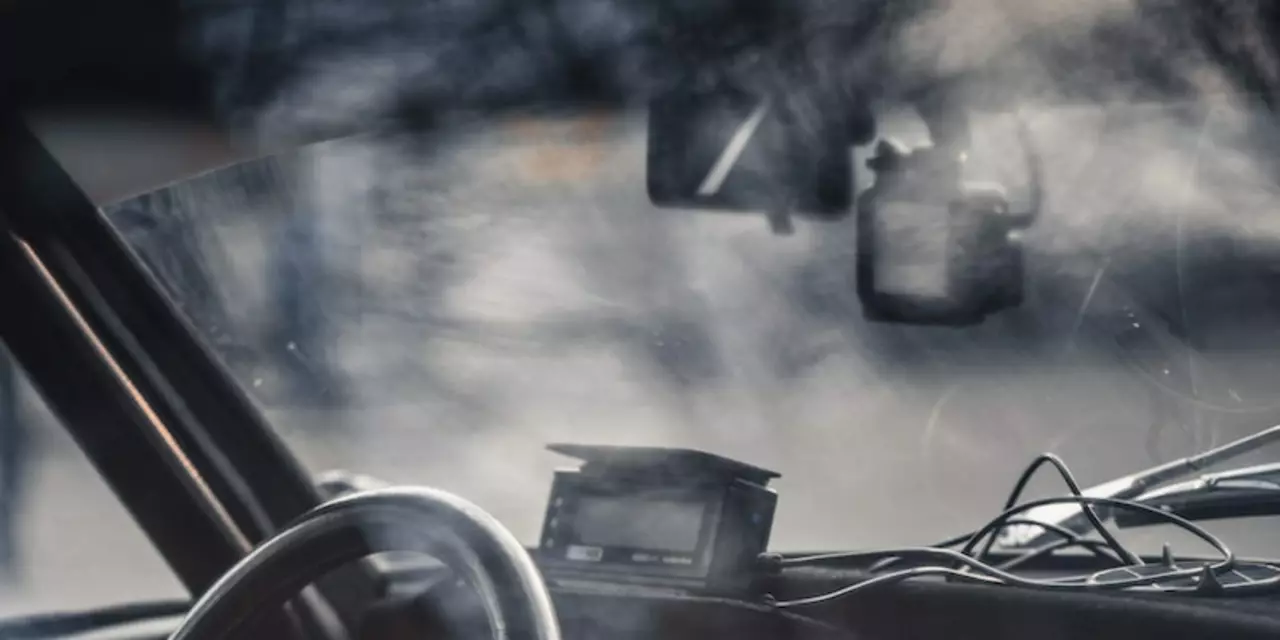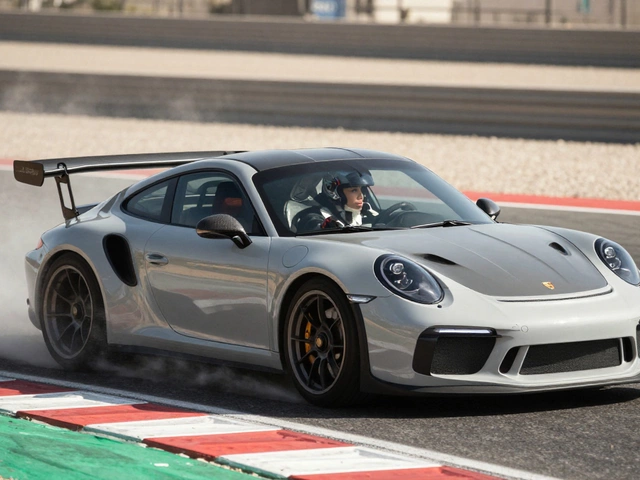Rally: Your Hub for All Things Rally
Thinking about rally racing? You’re in the right place. Here we break down what rally is, why it thrills fans, and how you can jump in without getting lost in jargon. Whether you’re hunting the latest news or looking for a first‑time entry tip, this guide keeps it simple and useful.
What Is Rally Racing?
Rally is an off‑road motorsport where drivers race against the clock, not directly against each other. A typical event starts on public roads or gravel tracks, then moves to tight forest stages, all under changing weather. The goal is to finish each special stage as fast as possible, and the overall time decides the winner.
Unlike circuit racing, rally cars are built for versatility. They have sturdy suspension, all‑wheel drive, and safety cages that let them handle jumps, mud, and snow. The driver works with a co‑driver who reads pace notes—short commands that describe upcoming turns, crests, and hazards. That teamwork is why many say rally feels more like a conversation than a solo sprint.
How to Get Started in Rally
Getting into rally doesn’t require a factory‑built rally car right away. Start by joining a local car club or an online community like the Earls Barton Rally Hub. These groups often host amateur events, driver schools, and meet‑ups where you can learn the basics without huge costs.
Step one is to get a suitable car. Many beginners modify a reliable, all‑wheel‑drive model—think Subaru WRX, Mitsubishi Lancer Evolution, or even a VW Golf R. Focus on safety first: install a roll cage, racing seat, harness, and a fire‑extinguishing system. You don’t need a perfect race‑spec machine to learn the ropes; a well‑tuned street car works for most entry‑level stages.
Next, grab a co‑driver’s notebook or an app that lets you record pace notes. Practice reading and delivering those notes on a quiet road before hitting a timed stage. The more you rehearse, the smoother the partnership becomes.
Finally, sign up for a local rally event. Look for regional championships or club rallies that offer “novice” categories. These events usually have lower entry fees and are more forgiving on car specs. Come prepared with spare tires, basic tools, and a clear plan for service breaks.Staying up to date with rally news helps you spot trends, new car releases, and upcoming events. Follow sites that cover everything from Group B history to modern electric rally cars. That way you’ll always have fresh material to discuss with fellow enthusiasts.
Rally is as much about community as it is about speed. Share your experiences on forums, ask questions, and help newcomers. The more you give, the more you’ll learn.

Do Rally Drivers use handbrake?
Rally drivers use the handbrake in some situations. It is used to initiate a slide, to slow down, or to make a tight turn. The handbrake allows for a more precise and controlled maneuver than would be possible with the regular brakes. It is an important tool for rally drivers as it allows them to be more competitive and to be faster. However, the handbrake is not used in every situation and drivers must know when and how to use it.
read more
Do Rally Drivers use handbrake?
Rally drivers use a handbrake during competition as it is an important tool in controlling the car. The handbrake is used to transfer weight from the rear of the car to the front when cornering, which helps the driver maintain control of the car. The handbrake is also used to initiate a slide or oversteer, which is used to help the driver navigate tight turns. The handbrake can also be used to stop the car quickly in an emergency situation. In short, the handbrake is an essential tool for rally drivers and is used to provide greater control and maneuverability of the vehicle in difficult conditions.
read more
Do rally drivers remember track or rely just on navigator?
This article explores the question of how rally drivers navigate their way through a course. It looks at the differences between experienced rally drivers who have raced the same course multiple times, and those who are new to a track. The article concludes that experienced drivers rely on their knowledge of the track, whereas new drivers rely on the navigator to direct them. It is also noted that both drivers and navigators must be able to quickly identify course changes and landmarks. Finally, the article suggests that experience is key to successful rally driving, as it allows the driver to trust their memory of the track, while the navigator can be used to augment that knowledge.
read more
